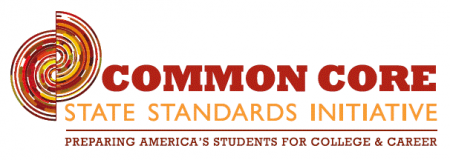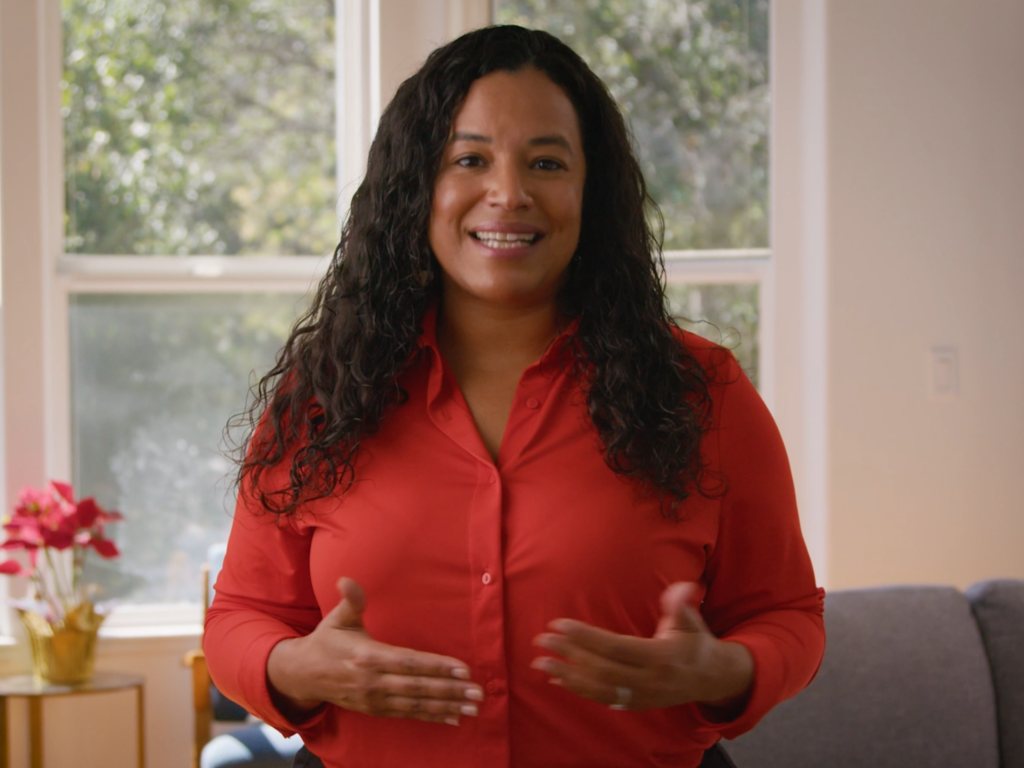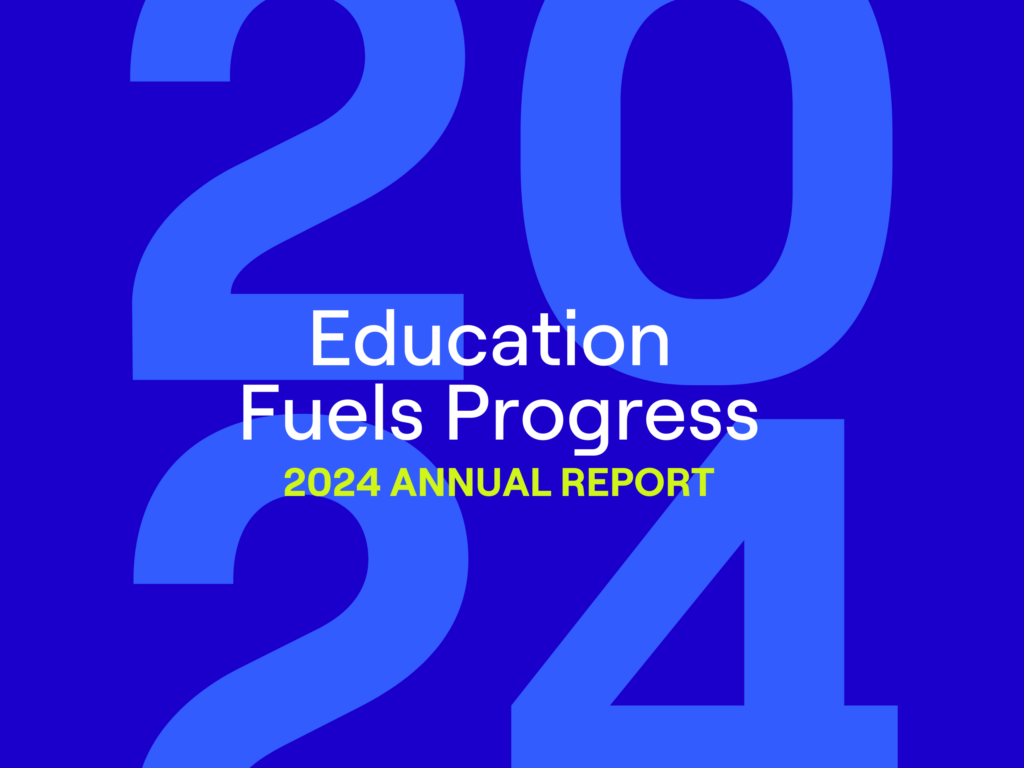 Before answering that question, let’s first do a little homework. Please turn to page 22 of this booklet, released only this morning, which contains sample assessment items from the New York state Common Core-aligned math assessment for third graders. Although you might be afraid of math even at this grade level, page 22 contains a relatively easy question about finding the areas for two equivalent rectangles. This question aligns with the Common Core standard 3.MD.C.7a, which in plain English means 3rd grade math, measurement and data, covering the concept of geometric measurement of area and related to multiplication and addition.
Before answering that question, let’s first do a little homework. Please turn to page 22 of this booklet, released only this morning, which contains sample assessment items from the New York state Common Core-aligned math assessment for third graders. Although you might be afraid of math even at this grade level, page 22 contains a relatively easy question about finding the areas for two equivalent rectangles. This question aligns with the Common Core standard 3.MD.C.7a, which in plain English means 3rd grade math, measurement and data, covering the concept of geometric measurement of area and related to multiplication and addition.
Now, please turn to page 42 of the same booklet, where you can see a real student’s answer to this problem. This anonymous student provides the correct answer, that rectangles D and C are equivalent. And yet, the student received zero points. Why? Because the student arrived at their answer “by using an obviously incorrect procedure.”
This single test item neatly illustrates the important shift that the Common Core standards and assessments require. For the past several years, many teachers have complained – with justification – that the state assessments they were required to administer were not of high quality. Many of these same teachers, and more than a few policymakers and pundits, decried “fill-in-the-bubble” tests that did little more than assess “rote memorization.”
That era is coming to an end. As this sample test question shows, no longer will students (or their teachers) be able to game the assessment through test-taking strategies. To explain why two rectangles of differing shapes may have the same area, a third grade student in New York will have to demonstrate their understanding of a procedure and mastery of a concept. This is not a revolutionary proposition by any means – good teachers have long asked their students to explain their answers – but it does represent an evolutionary step forward in standardized assessments.
And because these new tests are more challenging (or “rigorous,” if you prefer), we should not be surprised to learn that students (and teachers) are struggling. The results from New York state’s first cohort of 3rd-through-8th grade students should be interpreted cautiously – scores will likely rise in the next few years as educators adjust to the Common Core – but they are sobering nonetheless. The low results for English Language Learners deserve particular attention given the increased emphasis on writing (in math and ELA) the Common Core demands. (It’s also interesting to see a clear “gender gap” in ELA, where girls consistently outscore boys across nearly all grade levels and ethnic groups.)
The magnitude of the challenge exposed by the Common Core is exactly why it’s worth undertaking the hard work to implement properly. We need meaningful tests to assess whether students are learning meaningful content. If the assessments reveal that students are not learning the content, and thus are not prepared for college or the workforce, the solution cannot and must not be to abandon the Common Core and return to less challenging standards, or to obfuscate this reality through cut-score trickery. The real fight for the Common Core starts now.


